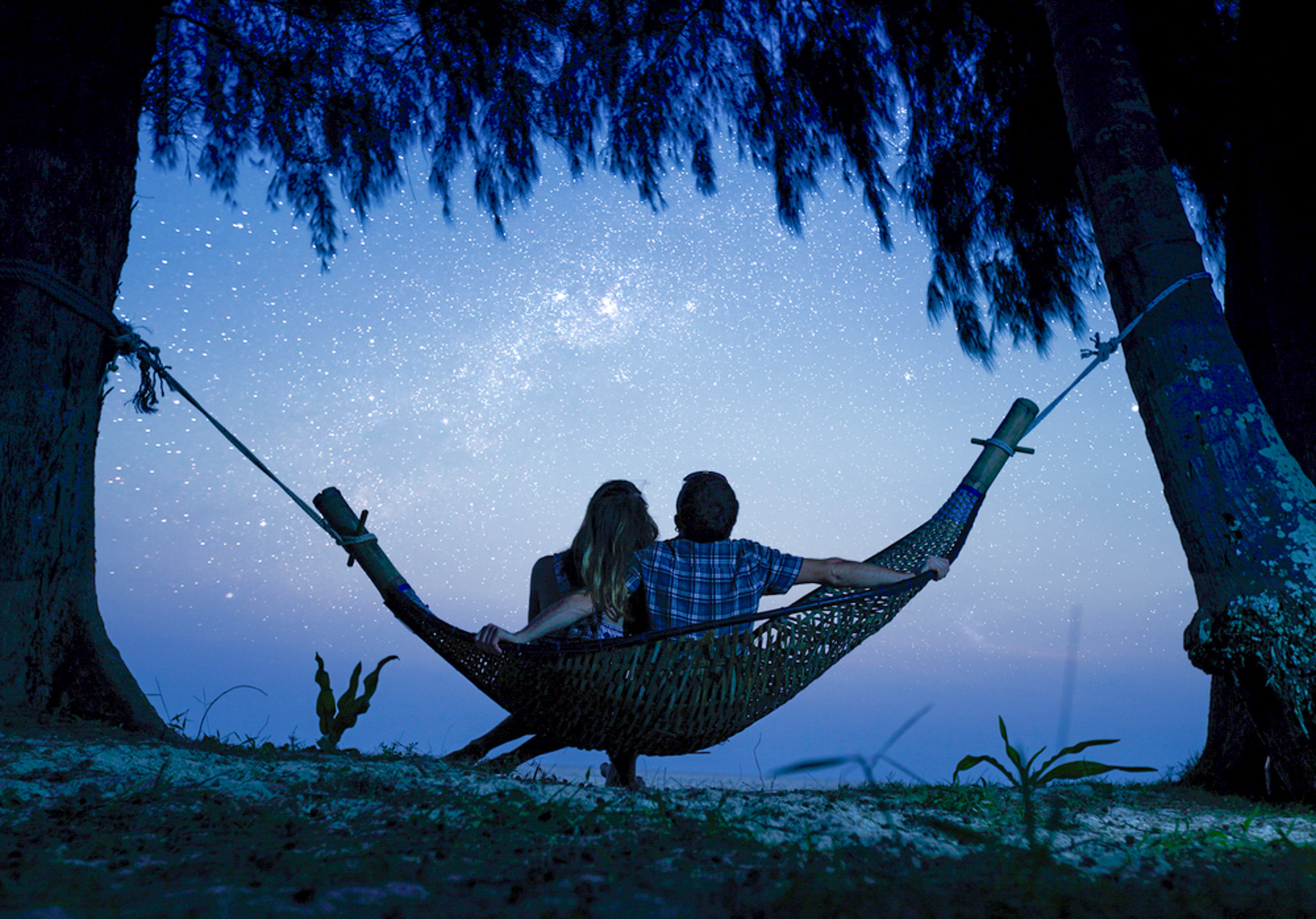
For years, scientists have been decrying the dangers of air pollution and water pollution. We have seen the impacts that a buildup of harmful greenhouse gases like carbon dioxide (CO2), methane (CH4), nitrous oxide (N2O), and a suite of halogen-bearing gases (like fluorocarbons) that are derived from industrial activities can bring. Evidence of man-made climate change confronts us on a daily basis as devastating heat waves, droughts, and forest fires devastate our nation. Water pollution from an overuse of toxic chemicals by industrial, agricultural and non-professional users have poisoned waterways, limited access to clean drinking water and disrupted eco-systems. Within the last 15 years however, another insidious form of pollution has been gaining the attention of researchers around the world. They have discovered that night-time light pollution is a serious threat with wide-ranging impacts to human health as well as to our natural environment. Many researchers believe that “immediate measures should be taken to limit artificial light at night in main cities and inside houses.”
The use of outdoor electric lighting is commonly thought to have begun on New Year’s Eve 1879 in the small town of Menlo Park, New York where Thomas Edison was working to develop outdoor lighting. His incandescent light bulbs revolutionized lighting and were hailed for their safety, brightness and reliability. The use of incandescent light bulbs for both indoor and outdoor lighting soon spread across the country and across the globe. Today, that spread continues at alarming rates. Based on satellite data, scientists estimate that night-time light pollution covers about 80% of the planet, with the greatest rise of 49% seen in the 25 years between 1992 and 2017. They believe that actual pollution rates are actually much higher since the percentages shown are based on the lighting picked up by the satellites rather than by ground measures.
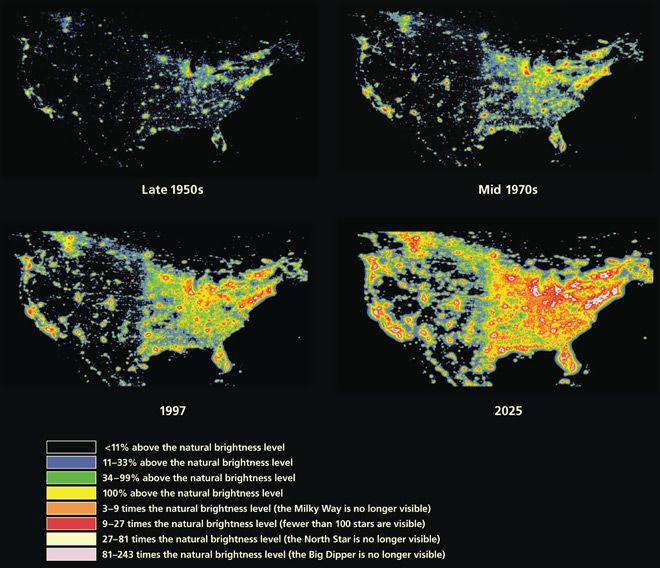
While some of us consider night light pollution to be just the inability to see stars within a city limit, it is actually a much more complex problem with multiple components. Dark Sky International, a non-profit recognized as the leading organization dedicated to preserving night skies, defines light pollution as “any adverse or unintended effect of the use of artificial light at night, including sky glow, glare, light trespass, light clutter, decreased visibility at night, and energy waste.”
SKY GLOW
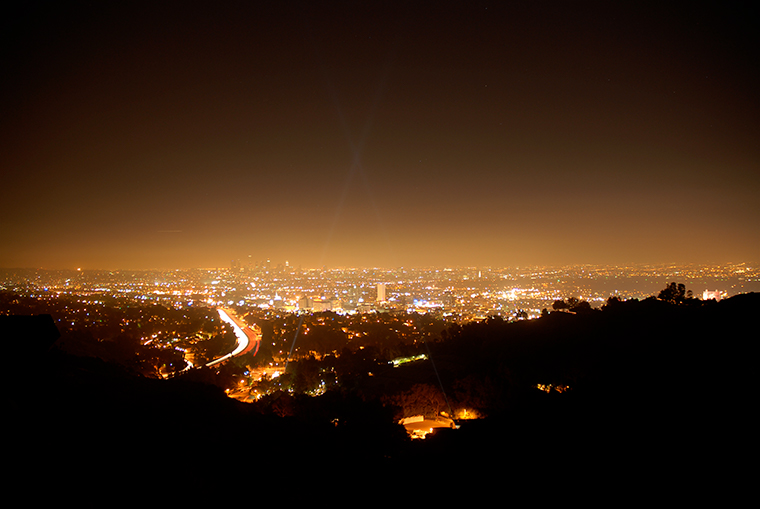
“Sky glow is the brightening of the night sky over inhabited areas.”
GLARE
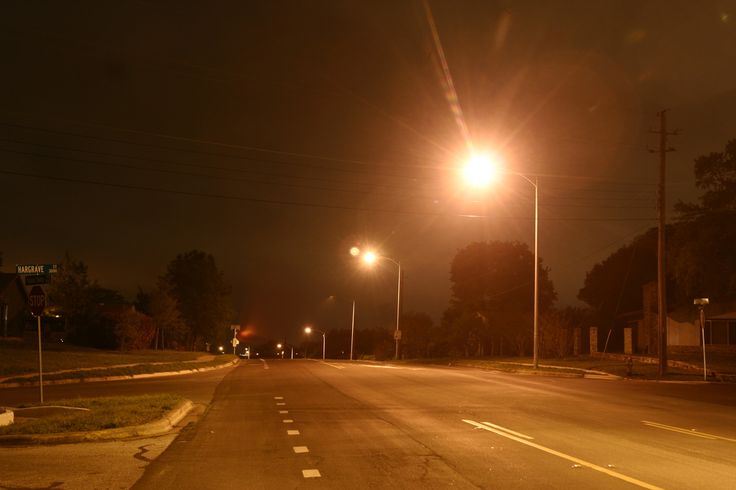
“Glare is intense and blinding light that reduces visibility and causes visual discomfort.”
LIGHT TRESPASS
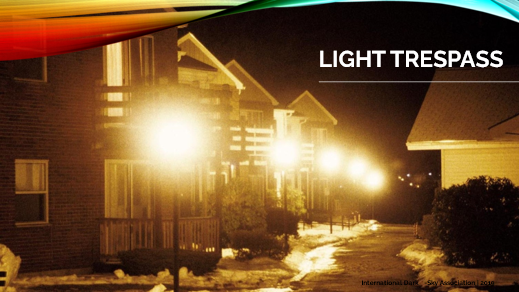
Light trespass is when light falls where it is not needed or wanted.
CLUTTER
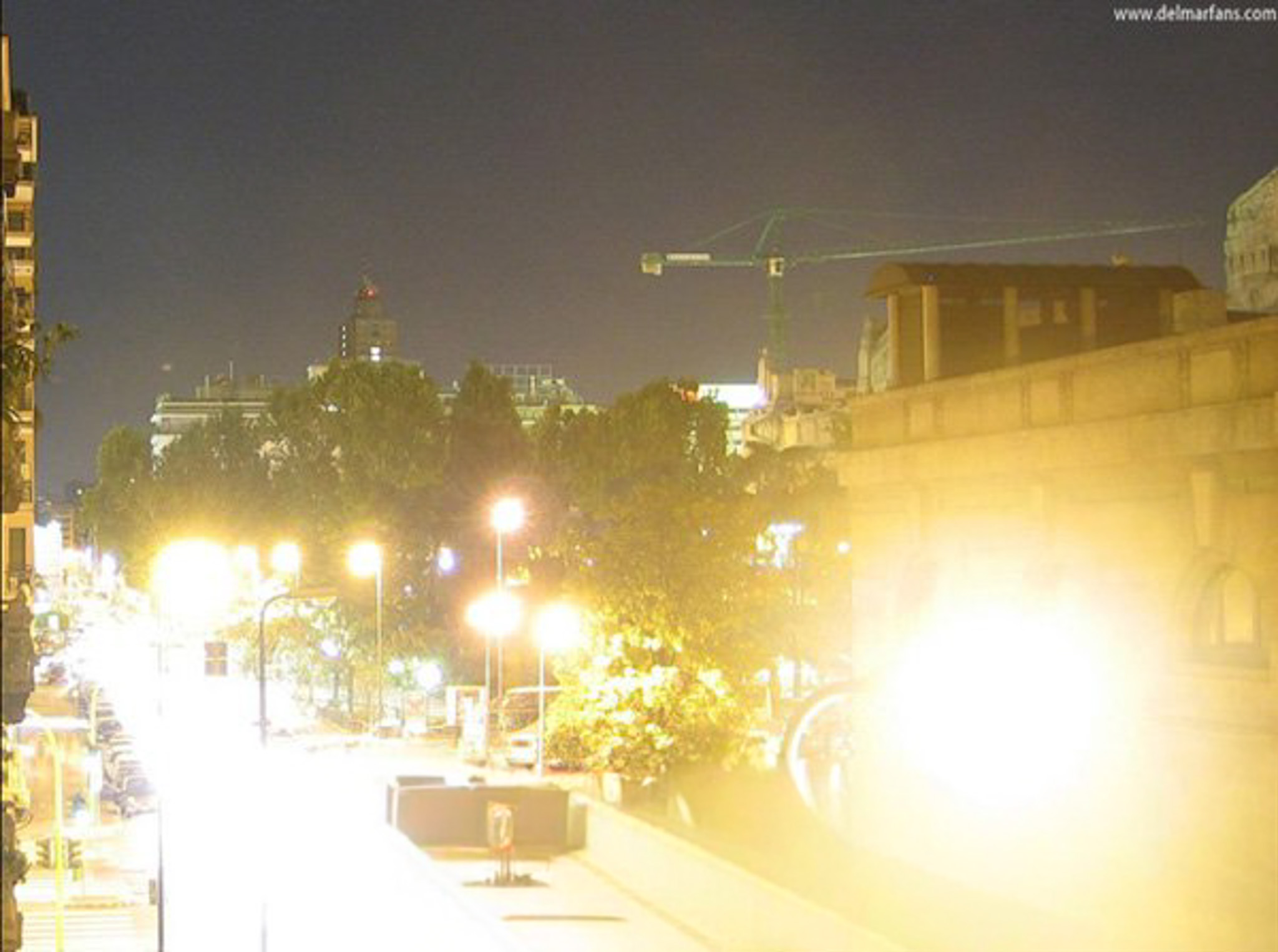
Light clutter is excessive groupings of light sources that are bright and confusing.
According to Dark Sky International, excessive and incorrectly designed night lighting is also responsible for decreased visibility, especially for the elderly, is a huge waste of energy and resources, has health impacts for humans and has enormous repercussions on wildlife.
In
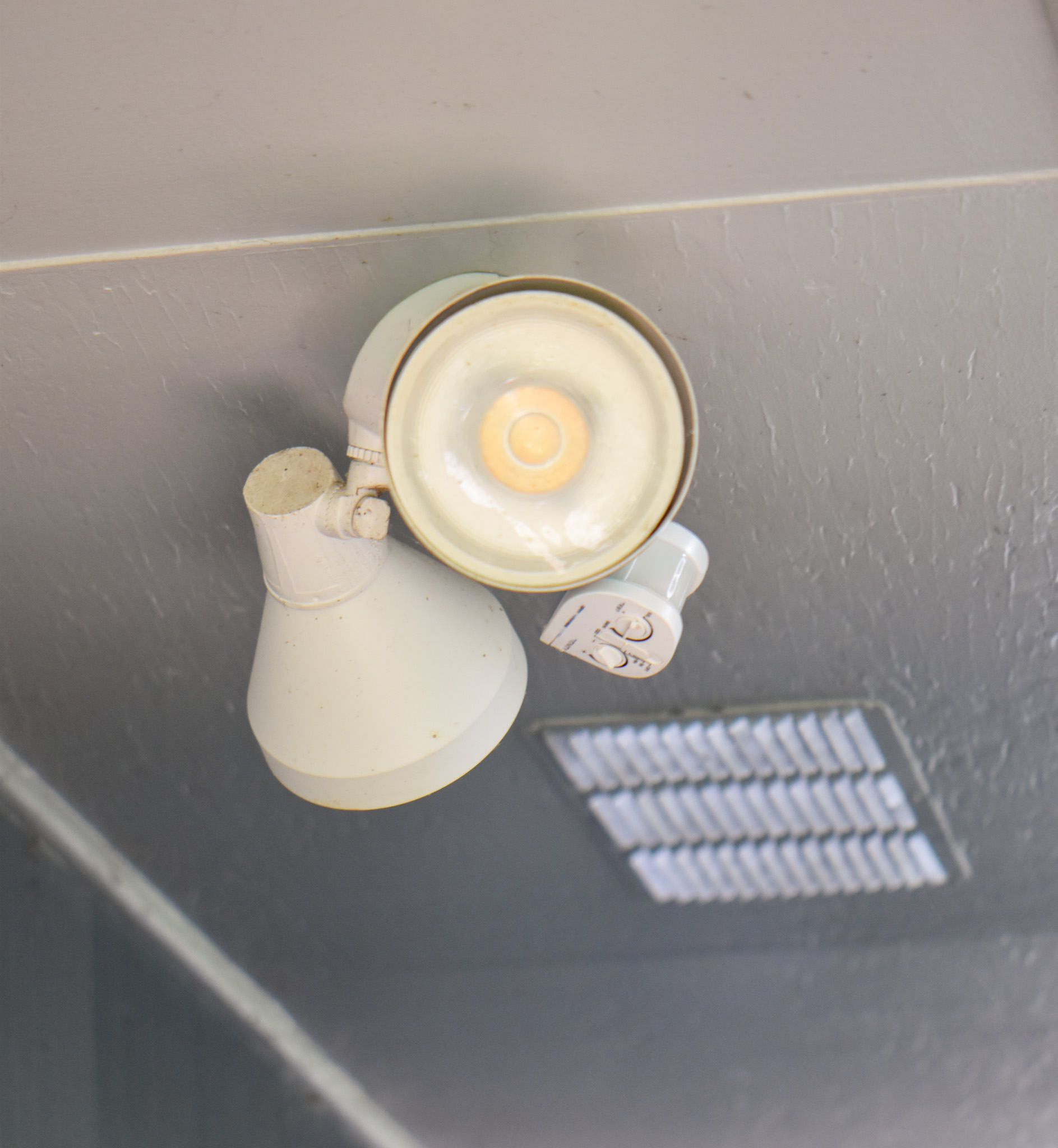
In the United States almost one-third of night lighting is wasted. That translates to a cost of nearly $7 billion dollars annually, much of it due to poorly designed or low-quality fixtures. For example, many dusk-to-dawn light fixtures give off a significant amount of light that never reaches the ground. That inefficiency wastes $45 for every $100 spent.
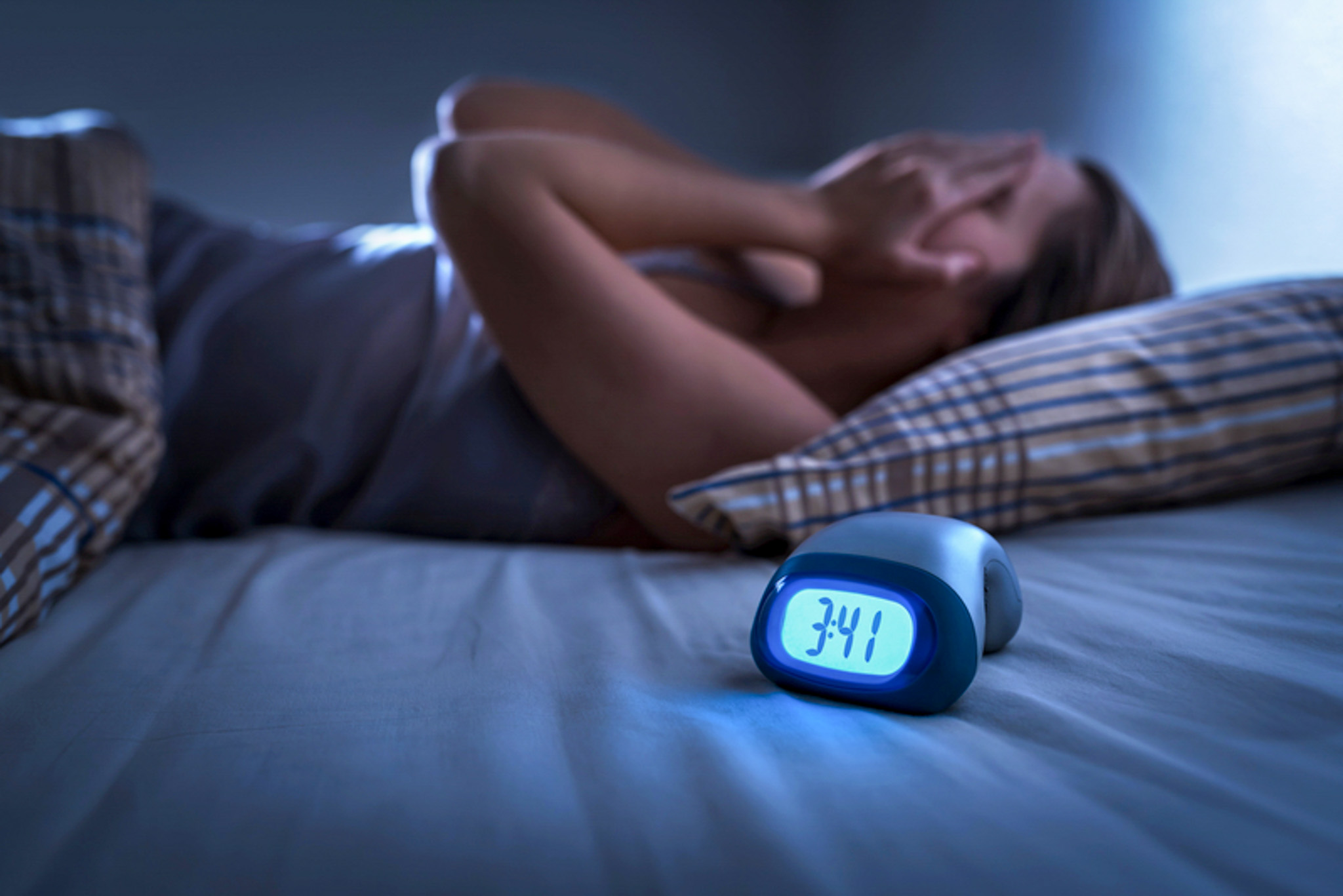 A collection of independent research studies is beginning to highlight the toll that light pollution takes on human health. Light pollution is now known to alter the body’s ability to produce melatonin, which is the hormone that keeps our circadian rhythms, or body clocks, in balance. Decreased melatonin rates have been linked to increased rates of obesity, diabetes, breast cancer and prostate cancer in those living within high light pollution areas known as light domes. Disruption in sleep cycles, which leads to chronic exhaustion and irritability, is another common result of exposure to too much artificial light at night.
A collection of independent research studies is beginning to highlight the toll that light pollution takes on human health. Light pollution is now known to alter the body’s ability to produce melatonin, which is the hormone that keeps our circadian rhythms, or body clocks, in balance. Decreased melatonin rates have been linked to increased rates of obesity, diabetes, breast cancer and prostate cancer in those living within high light pollution areas known as light domes. Disruption in sleep cycles, which leads to chronic exhaustion and irritability, is another common result of exposure to too much artificial light at night.
Light pollution is now known to bring significant changes to the natural environment. Because of the effects of light pollution on a single species, an entire ecosystem can be disturbed. Both plants and animals all depend on the regular cycles of natural light. It is an essential resource. Plants use the energy from natural light in the process of photosynthesis, The intensity and wavelengths of non-controlled artificial light can alter the timing of a plant’s life cycle, which can in turn change when and if nectar and pollen are available to visiting insects. A lack of food sources results in the decline of insect populations, which then results in a decrease of food for predators.
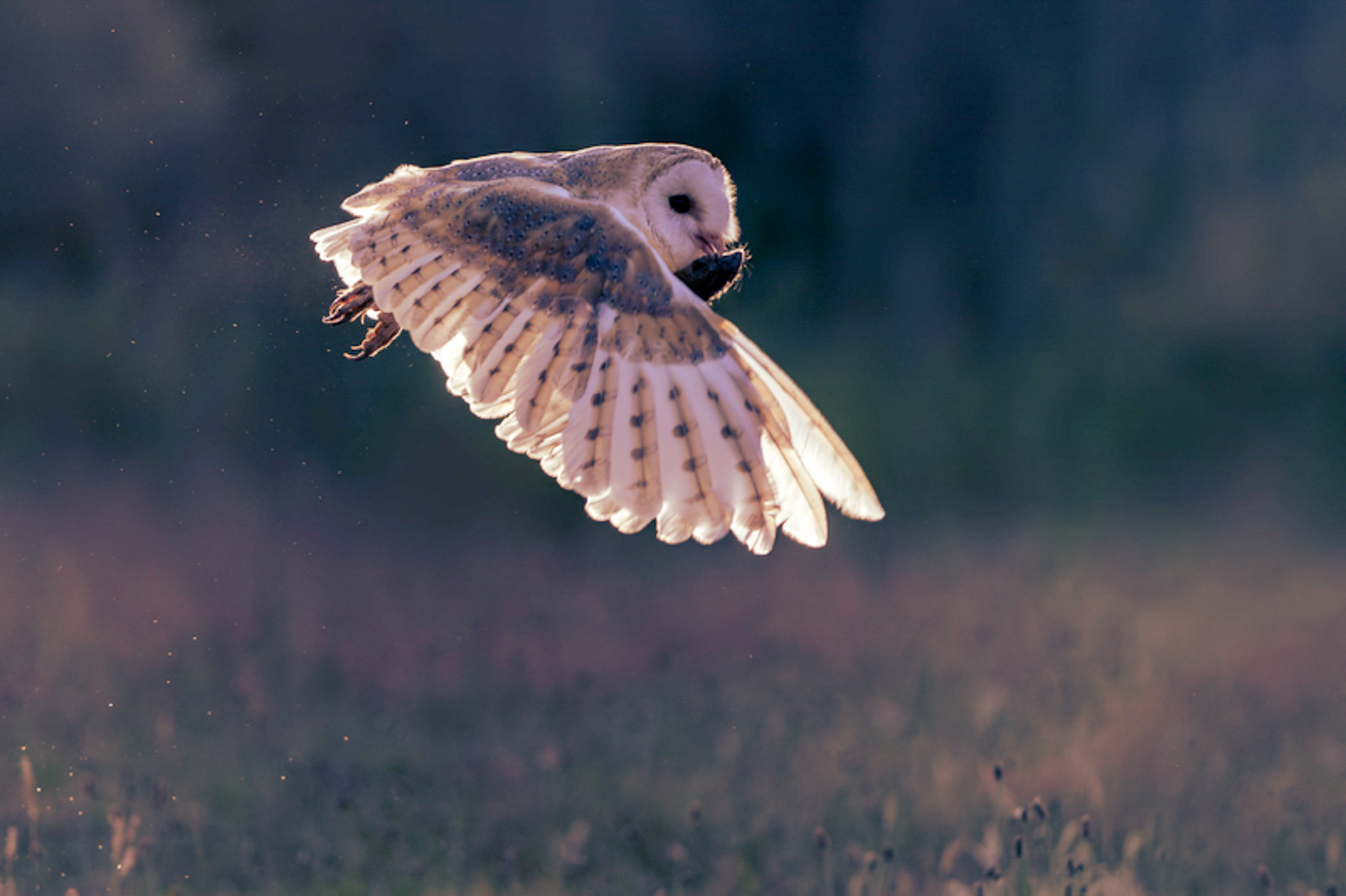 Many species of birds, such as owls and hawks, depend on the cover of darkness for hunting. Artificial night lighting can disrupt their patterns and interfere with feeding. Over 200 species of birds, some already listed as threatened, migrate at night, so light pollution can throw them off course, drawing them into urban areas. Reflective windows or tall structures can become a hazard and increase the dangers of collision. New York City alone reports over 10,0000 migratory birds are killed each year. Young sea birds who make their first flights under the cover of darkness become easy prey for predators as their navigational sense is thrown off by artificial light.
Many species of birds, such as owls and hawks, depend on the cover of darkness for hunting. Artificial night lighting can disrupt their patterns and interfere with feeding. Over 200 species of birds, some already listed as threatened, migrate at night, so light pollution can throw them off course, drawing them into urban areas. Reflective windows or tall structures can become a hazard and increase the dangers of collision. New York City alone reports over 10,0000 migratory birds are killed each year. Young sea birds who make their first flights under the cover of darkness become easy prey for predators as their navigational sense is thrown off by artificial light.
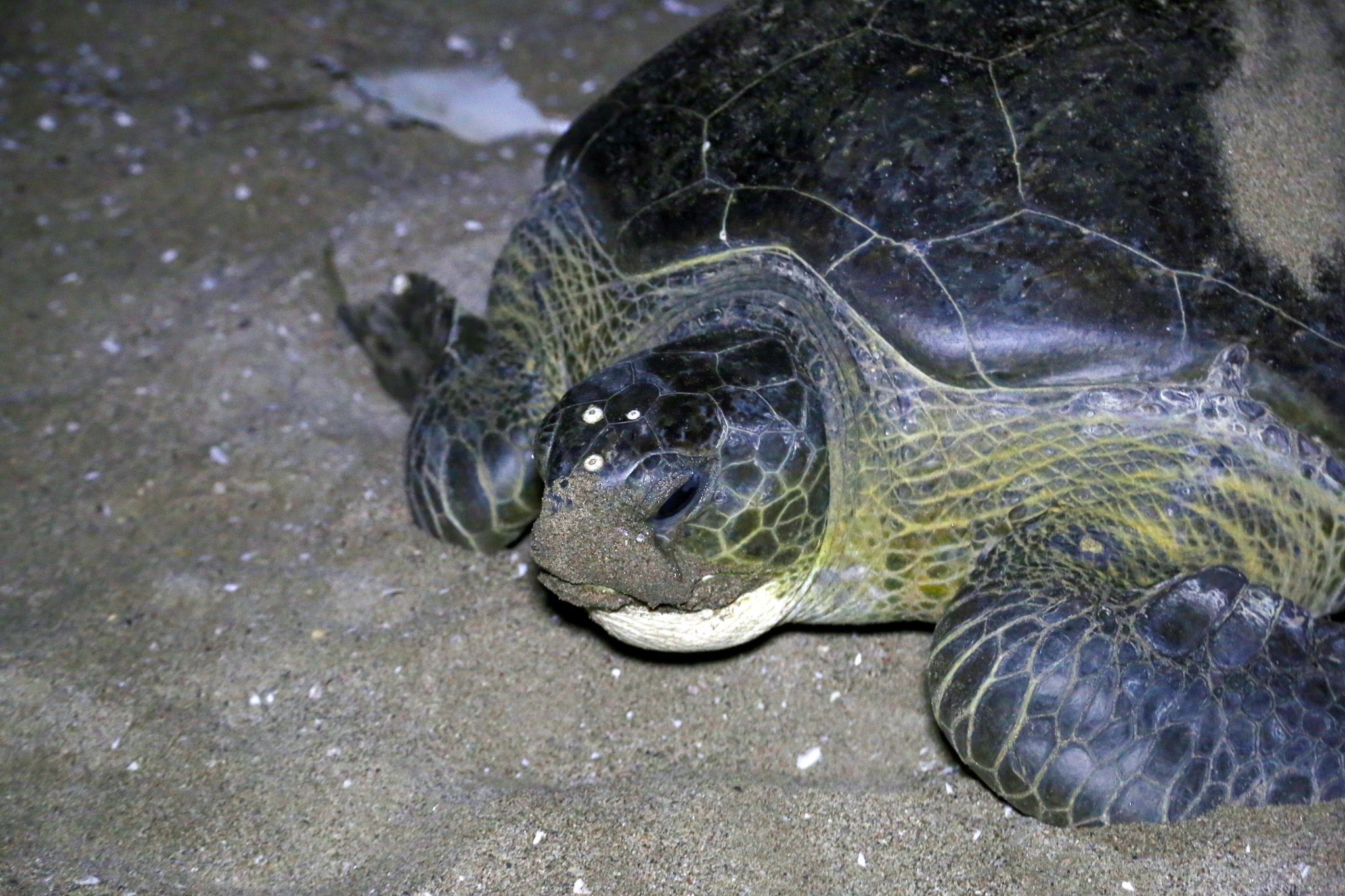 Female sea turtles intuitively return to the same beach area where they were born to nest. Bright lights on or nearby the beaches disorient the turtles. They may refuse to nest or may be led into roadways where they are hit by cars. Hatchling sea turtles instinctively head toward the ocean drawn by the moon’s faint reflection on the water. Artificial light along beaches leads them away from the water where they can become easy targets for predators.
Female sea turtles intuitively return to the same beach area where they were born to nest. Bright lights on or nearby the beaches disorient the turtles. They may refuse to nest or may be led into roadways where they are hit by cars. Hatchling sea turtles instinctively head toward the ocean drawn by the moon’s faint reflection on the water. Artificial light along beaches leads them away from the water where they can become easy targets for predators.
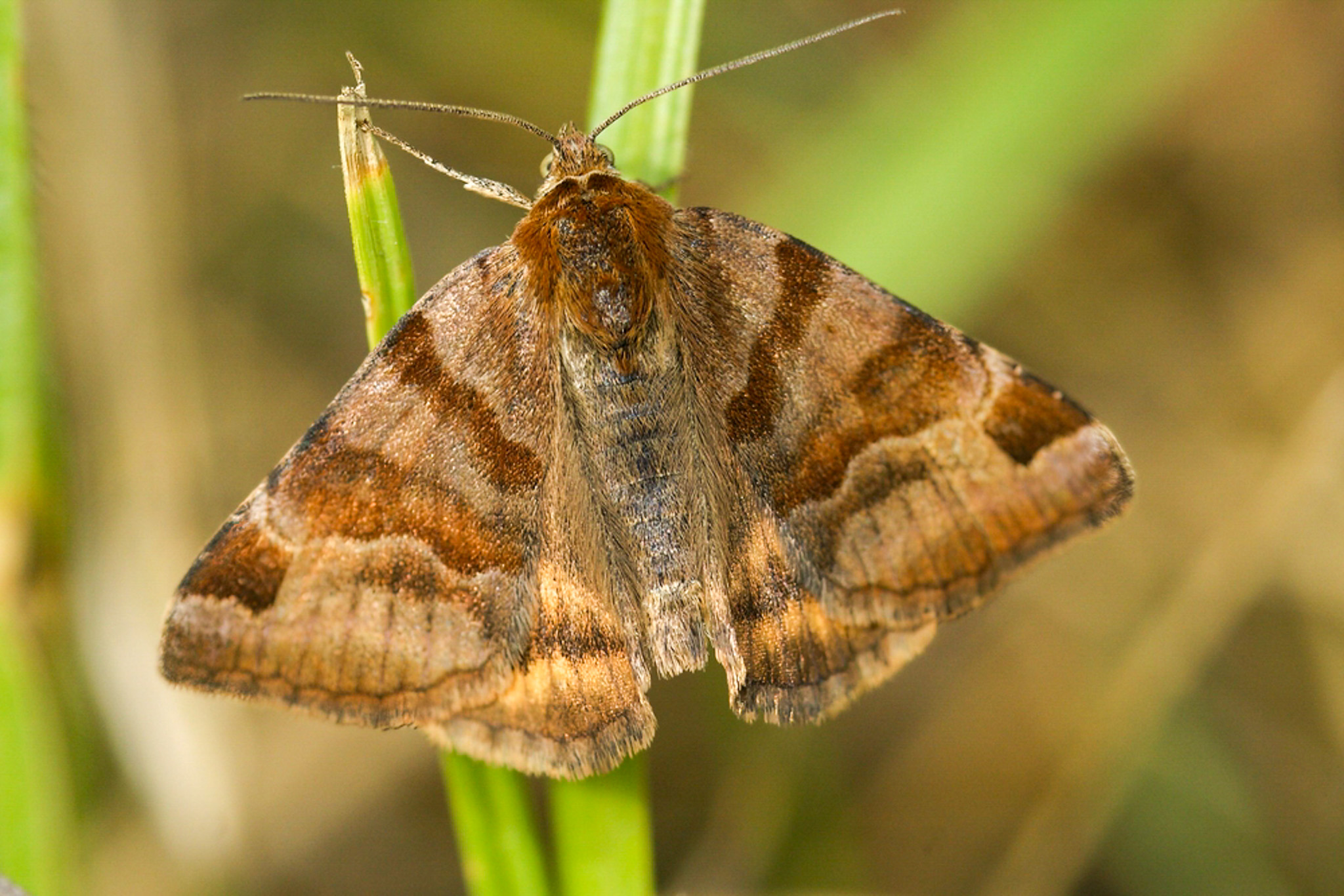 Insects are necessary for human survival. Nearly half of our insect population is nocturnal, which means that they rely on darkness to thrive. They access specific food sources, evade predators, navigate, hunt and reproduce in darkness. Moths, which are drawn to artificial light sources, often become trapped in light fixtures and die either from exhaustion or exposure to the emitted heat. Some researchers believe that as a result of the moth deaths, the number of moth caterpillars may have already decreased by up to 50%. Currently, 3 species of moths are classified as critically endangered and at least 14 more species are thought to be threatened.
Insects are necessary for human survival. Nearly half of our insect population is nocturnal, which means that they rely on darkness to thrive. They access specific food sources, evade predators, navigate, hunt and reproduce in darkness. Moths, which are drawn to artificial light sources, often become trapped in light fixtures and die either from exhaustion or exposure to the emitted heat. Some researchers believe that as a result of the moth deaths, the number of moth caterpillars may have already decreased by up to 50%. Currently, 3 species of moths are classified as critically endangered and at least 14 more species are thought to be threatened.
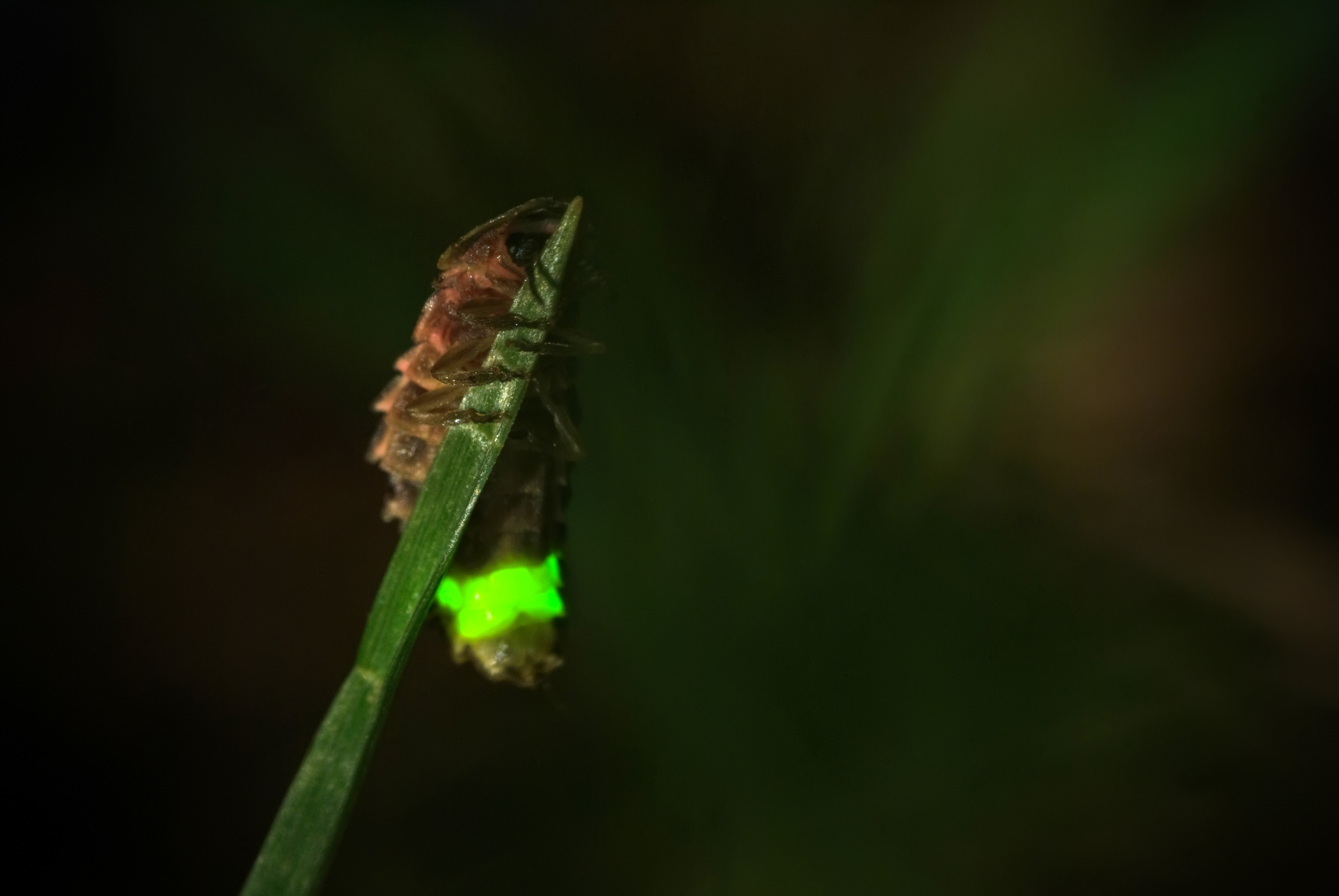 When exposed to artificial light, some species of female fireflies do not flash back at males, short-circuiting the mating process. In addition, research is showing that for firefly species that prefer darkness to communicate, the presence of artificial light forces them to use more energy to send their signals, leaving them less able to find food and shelter or to escape predators.
When exposed to artificial light, some species of female fireflies do not flash back at males, short-circuiting the mating process. In addition, research is showing that for firefly species that prefer darkness to communicate, the presence of artificial light forces them to use more energy to send their signals, leaving them less able to find food and shelter or to escape predators.
Last night was a beautiful summer night here. It was the sort of evening made to sit quietly outdoors and gaze at the night sky filled with shimmering stars. Only I couldn’t because even here in my small Midwestern town, light pollution has taken over. It makes me sad in the moment, but I do believe that some positive changes in landscape lighting are necessary, that they are beginning to happen and that they are crucial for the health of our planet. Join us next week as we continue this series and look at outdoor lighting choices we can make to play our part in bringing dark skies back to our communities.
